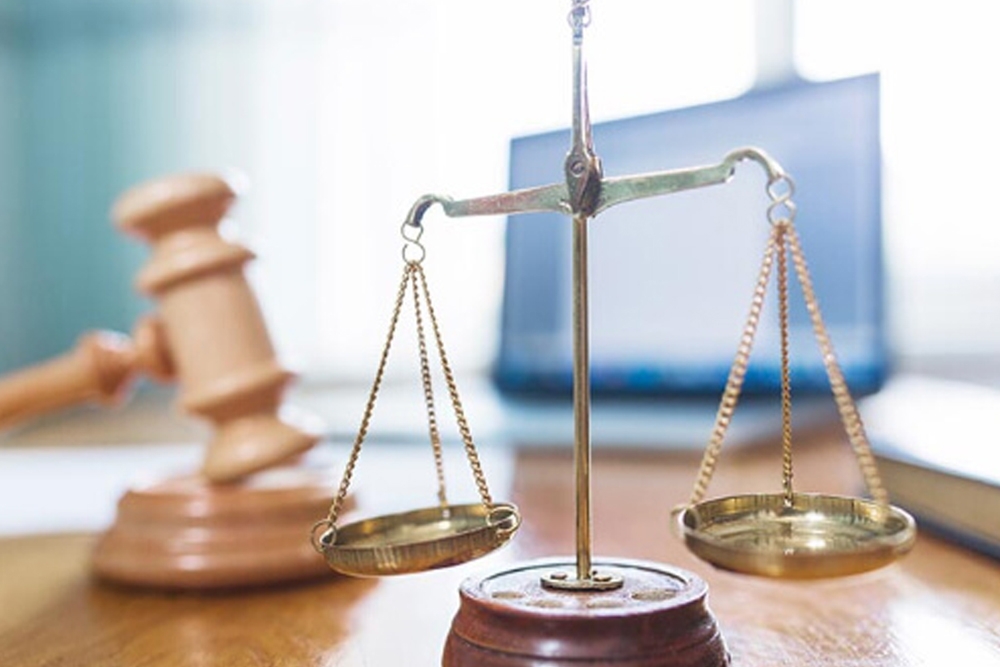Lien Stripping and Cram-Down in Las Vegas Chapter 13 Bankruptcy

When an individual chooses to file a Chapter 13 bankruptcy, debts are repaid over three to five years. The debtor pays unsecured creditors (e.g. medical bills, credit cards, etc.) whatever he or she can afford during this time, although many debtors end up paying nothing to unsecured creditors. At the end of the case, any remaining unsecured debt is discharged. The debtor can also pay secured debts through the Chapter 13 bankruptcy. Secured debts, like a home mortgage or car loan, are sometimes modified through the Chapter 13 repayment plan, either by cram-down or lien stripping. These bankruptcy tools can be very beneficial because many individuals are upside-down on secured property, meaning they owe more than the property is worth.
During a cram-down the debtor converts a portion of a debt from secured to unsecured status. The amount of the secured debt is “crammed-down” to the actual value of the property. For instance, a $15,000 car loan secured by a $10,000 car can be crammed-down to a $10,000 secured debt. Additionally, a high interest rate may be crammed-down to an interest rate approved by the bankruptcy court. This modified debt is paid over the life of the bankruptcy case. Any remaining unsecured debt receives the same payment status as other unsecured creditors. Cram-down is not allowed on a primary residence or a recent car loan (purchased within 910 days of the bankruptcy filing).
Lien stripping is the conversion of an entire debt from secured to unsecured status. When a lien on property is wholly unsecured, the lien may be stripped off and made unsecured. For instance, assume that a home has three debts: $100,000 is owed on a first mortgage, $20,000 is owed on a second mortgage and $5,000 is owed on a judgment lien for a total of $125,000. Also assume that the fair market value of the home is $99,000. The second mortgage and judgment lien are not secured by any value in the home. The bankruptcy court can convert the secured status of the second mortgage and judgment lien to unsecured status, and these stripped off debts receive the same payment treatment as other unsecured debts.
Lien stripping and cram-down are beneficial features of a Chapter 13 bankruptcy. The debtor can save thousands and keep their property. If you have upside-down loans, speak with an experienced bankruptcy attorney and discuss your options. Your attorney can use the power of the federal bankruptcy laws to improve your financial situation and put you back on the right track. For a free Las Vegas bankruptcy consultation, call the offices of Freedom Law Firm at 702-903-1354.
